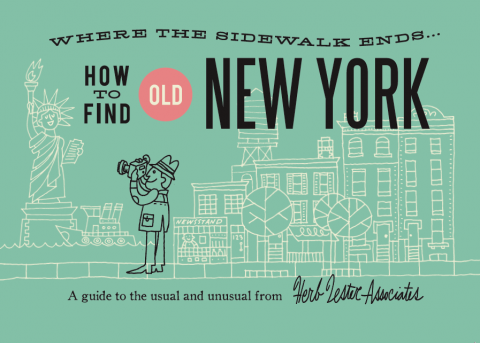
Design Auteur — Steven Heller on Erik Nitsche for Print Magazine:
For some, book publishing was akin to the Internet of the sixties and seventies, a means of communicating information to large numbers in large volumes. In this milieu Nitsche practiced design auteurship before it was given a name, and the body of work he produced is extraordinary even by today’s standards. After moving to Geneva in the early 1960s Nitsche Founded ENI, S.A. (Erik Nitsche International) to produce some of the finest illustrated history books ever designed. The first series, a twelve volume The New Illustrated Library of Science and Invention, with a multilingual print run of over two million copies, covered the histories of communication, transport, photography, architecture, astronomy, and the machine, and flight… The second ENI series on the History of Music was even more ambitious — twenty volumes — that covered an expansive range of musical experience from composition to instrumentation, from classical to jazz.
Our Dreams of Ourselves — An interview with Alan Moore in The Independent:
Moore was always ahead of the times with respect to female fans – unlike much of the comics industry, – and was the creator of the revolutionary The Ballad of Halo Jones, a sci-fi strip to run alongside Judge Dredd in the UK comic 2000AD. First appearing in 1984, Halo was one of the first non-superhero women to headline her own series, at a time when most girls’ comics had folded.
“There wasn’t a single – I mean, I was annoyed – there wasn’t a single girls’ comic in Britain,” Moore remembers. “I thought, well if you do more stories that are aimed at women, you’ll get more women reading the comics. It would seem fairly simple and straightforward, but there was a lot of resistance [to the idea].”
Insane, Not Crazy — Chip Kidd, book designing Bat-thusiast, reviews The Joker: A Visual History of the Clown Prince of Crime by Daniel Wallace:
Created by artist Jerry Robinson and writer Bill Finger in 1940 for “Batman” issue #1—though Batman himself first appeared in “Detective Comics” #27 the previous year—the Joker, with his garish purple suit, ashen skin and emerald hair, was imagined as the maniacally taunting yang to Batman’s unrelentingly stern yin. Thus was born perhaps the single most classic pair of adversaries in comics history. Really, does it get any better than the Dark Knight Detective and the Harlequin of Hate matching wits and ultimately duking it out? I don’t think so.
Step by Step — Umberto Eco talks about his new book The Prague Cemetery at The Paris Review:
For me, the process of writing usually takes six years. In those years I collect material, I write, I rewrite. I am in a sort of a private world of myself with my characters. I don’t know what will happen. I discover it step by step. And I become very sad when the novel is finished because there is no more pleasure, no more surprise.
And finally…
Melvyn Bragg on John Steinbeck’s The Grapes of Wrath for The Guardian:
It was the bestselling book in America in 1939. A film version starring Henry Fonda and directed by John Ford followed, itself a classic. Arthur Miller wrote of Steinbeck, “I can’t think of another American writer, with the possible exception of Mark Twain, who so deeply penetrated the political life of the country.” And yet Steinbeck was also called “a liar”, “a communist” and “a Jew acting for Zionist-Communist interests”. The book was burned in the streets; it was banned in schools and libraries, with its explicit sexuality given as the excuse. It was virulently attacked in Congress, and Steinbeck’s subsequent success in Russia eroded his reputation from the cold war onwards. He bought himself a revolver for self-defence and had good reason to fear for his life. The book has sold about 14m copies and still sells steadily.
Like this:
Like Loading...










 The New Museum
The New Museum




 The Rejection of Literalism
The Rejection of Literalism
 Design Dossier: Graphic Design for Kids
Design Dossier: Graphic Design for Kids